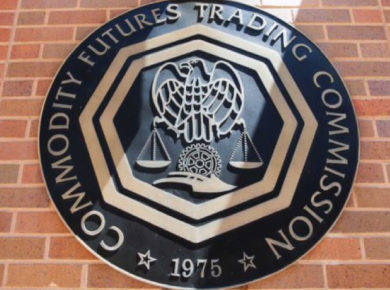Patrick McDonnell, aka Jason Flack, who operated a Bitcoin trading firm, pleaded guilty to conspiracy in a federal US court in New York for his role in defrauding investors out of nearly $2 million in a cryptocurrency scam.
The court order finds that Staten Island-based CabbageTech, doing business as Coin Drop Markets (CDM), and its principal Patrick McDonnell ran a fraudulent scheme that involved buying and trading the cryptocurrencies Bitcoin and Litecoin. According to the US Attorney, McDonnell was indicted on nine counts of securities and wire fraud. He faces up to 20 years in federal prison if convicted.
Discover the Barcelona Trading Conference – A Top Tier Crypto Trading Event
The detailed complaint alleges that beginning in November 2014 and continuing through January 2018, the defendants conspired to defraud investors by enticing them to send their money to CabbageTech, in exchange for trading recommendations and digital coin purchases under McDonnell’s direction.
Nearly all of the pool money was lost, according to the complaint. The defendants are accused of fraud, misappropriation, registration violations and issuing false statements. In total, McDonnell defrauded ten victims out of $194,000, 4.41 Bitcoin, 206 Litecoin, 620 Ethereum Classic, and 1,342,634 Verge coins.
A Ponzi-like fashion
In connection with the promotion of their pool, McDonnell made a series of materially false claims to lure investors interested in digital coins trading. The claim was made that pool participants could get extraordinary investment returns – up to 300 percent in less than a week.
McDonnell and CabbageTech sent investors false balance statements showing that their investments had been profitable, but “when investors requested refunds, McDonnell initially offered excuses for delays in repayment, and eventually stopped responding at all,” stated United States Attorney Donoghue.
Court documents also reveal that he used new investors’ funds to pay back other investors in a Ponzi-like fashion, so that they would invest or refer additional money, thereby allowing the scheme to continue for a longer period of time.
Instead of using the investors’ monies in trading, the fraudsters misappropriated all of the funds, then removed the website and social media materials and ceased communicating with customers.











